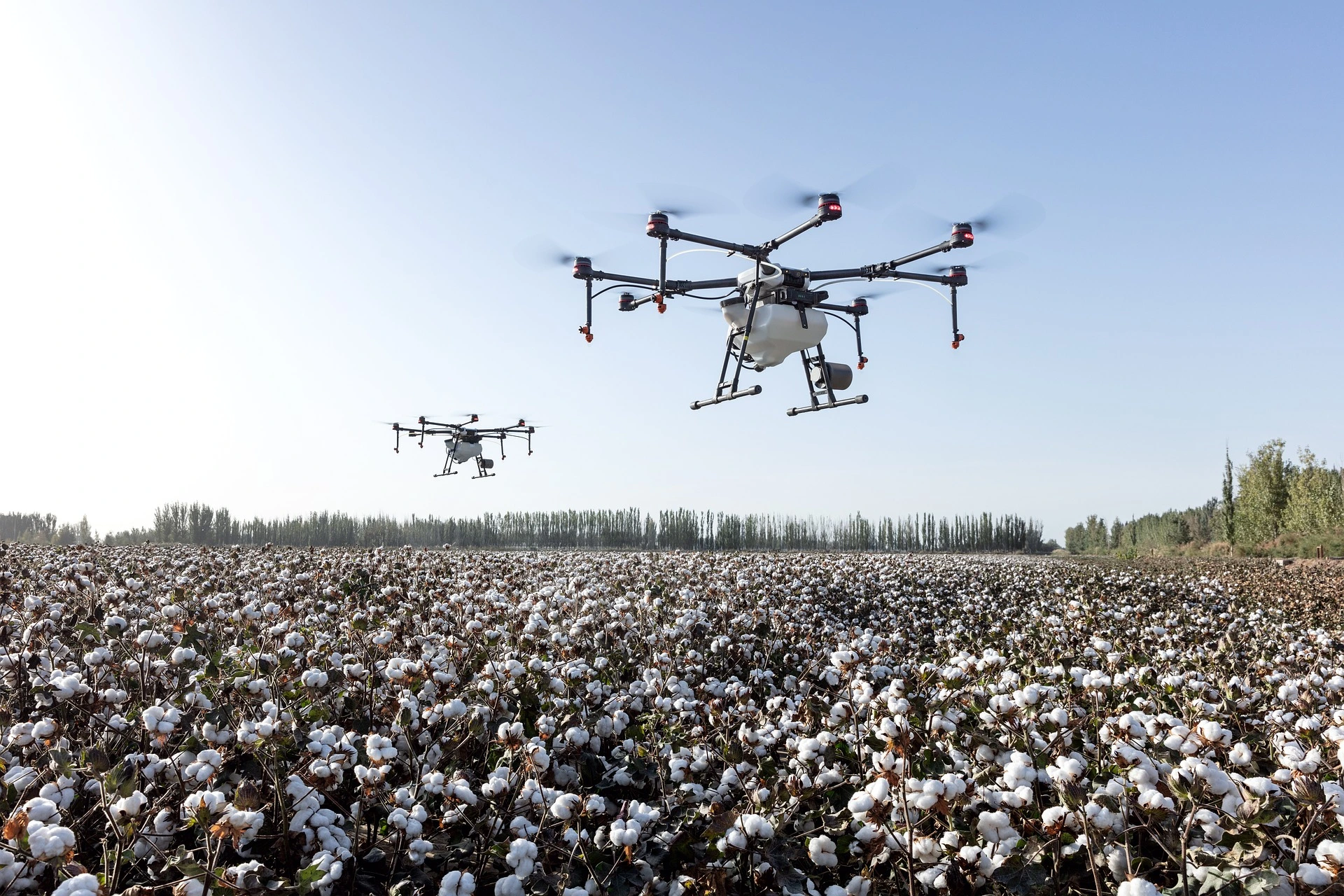

Technology is giving life the voltage to bloom like never before. 13.8 billion years after the birth of
the universe, it
has become aware of itself and humans have nurtured real smart systems to make the world a better place.
Artificial
intelligence is one of the products of new-age thinking. In this day and age, artificial intelligence
(AI) is modifying
the nature of almost everything which is associated with human life, from warfare to healthcare and
everything in
between. Thanks to the power of applied intelligence, it gets us all covered! Let us find out how AI
brainify cotton
cultivation in India. An Indian research institute Wadhwani AI looked for solutions in 2018 to provide
aid to cotton
farmers to save their crops using artificial intelligence insights.
The core idea of using the AI model was to find out the number of pests in a particular area and learn advisory pesticide usage. To collect the data, the researchers designed an app. The birth of this digital era made everything available to us in the comfort of our fingertips but prior to this modernization, the farmers used the traditional pheromone traps to catch the pests anticipating if there is any possibility of an attack by pests. The data-collecting app recommended the farmers to click images of the pests caught in the traps on a white sheet of paper. “To begin with this project, the team of researchers spent the starting few seasons gathering and witnessing the data to improve the model used”, says a senior researcher at Wadhwani AI. The research squad had to make sure that the model exactly recognizes the type and number of pests in the photo to give a recommendation to the farmers.
The primary matter of concern was that the farmers used the phone that gave low-resolution images, another matter of concern was the background used by the farmers would not be white or they might be using camera flash or simply the light would not be enough to bear proper results. Also, there is a concern about different types of pests across the region. The data collection began in 2018, in Maharashtra where the farmers had been worst affected by the pests. In 2019, the team installed an improved model which took nearly 28,000 images.
The researchers considered that the app would be used on low-end phones hence they compressed the model from 268 MB to 5 MB. They then used PyTorch Mobile to install it to an app which also worked offline. and that is how the model kept track of and analysis of the images sent by the farmers. This approach is incorporated in various districts of Indian states such as Telangana, Maharashtra, and Gujarat. Over 18,500 farmers are using the app and every area has chosen a spokesperson who would communicate with the project coordinator to ensure smooth functioning to notify the farmers about an alert. The app is designed to alarm the user with the use of basic colors to hint at the intensity of an alert or a possible danger. Based on the notification color, the farmers used the pesticide suggestion in the app. The researchers are working with the Better Cotton Initiative (BCI) which is a global non-profit organization that works for the improvement of cotton farmers and is scaling this project worldwide. AI is definitely paving the way for a better future as it is not only helping the farmers save the cotton from getting attacked but also improving the soil texture by reducing the use of pesticides thereby producing refined cotton.
Material composition is a critical factor to consider when searching for quality yarn. The choice of material impacts the fabric's properties, performance, and suitability for specific purposes. Natural fibres like cotton, wool, silk, and linen offer distinct characteristics. Cotton, known for its breathability and softness, is suitable for warm-weather garments. Wool, with its excellent insulation properties, is ideal for cosy winter wear. Silk adds a luxurious sheen and drapes beautifully, making it perfect for elegant garments. Linen, known for its strength and durability, is popular for household textiles. On the other hand, synthetic fibres like acrylic, nylon, and polyester offer durability, easy care, and colorfastness. These synthetic options are often more cost-effective, making them suitable for everyday wear and budget-conscious projects.
The integration of AI in cotton farming will revolutionize the Indian textile industry, ensuring a more
prosperous and
sustainable future for all stakeholders. The benefits will extend beyond the farmers themselves and
permeate the entire
textile ecosystem. Yarn procurement managers will be able to optimize their supply chain by relying on
the consistent
supply of high-quality cotton facilitated by AI-enabled cultivation. This will ensure a seamless flow of
raw materials
for cotton yarn
manufacturers and weavers, enabling them to create exceptional yarns and exquisite fabrics.
Fabric
manufacturers, in turn, will benefit from a reliable and consistent source of top-notch materials,
allowing them to
produce high-quality textiles. This interdependence will create a holistic and healthy Indian textile
ecosystem, where
each stakeholder contributes to the overall success and growth of the industry.
By embracing AI in cotton farming, the entire value chain will experience enhanced efficiency, improved
productivity,
and greater competitiveness. The integration of advanced technologies will not only revolutionize the
way cotton is
cultivated but also foster collaboration and synergy among different players in the industry. Together,
they will work
towards a common goal of delivering exceptional products to the market, meeting consumer demands, and
driving the
progress of the Indian textile sector.
In conclusion, are we heading towards the technological age of humans? Well, we are yet to find that
out, but surely the human race has come a long way.